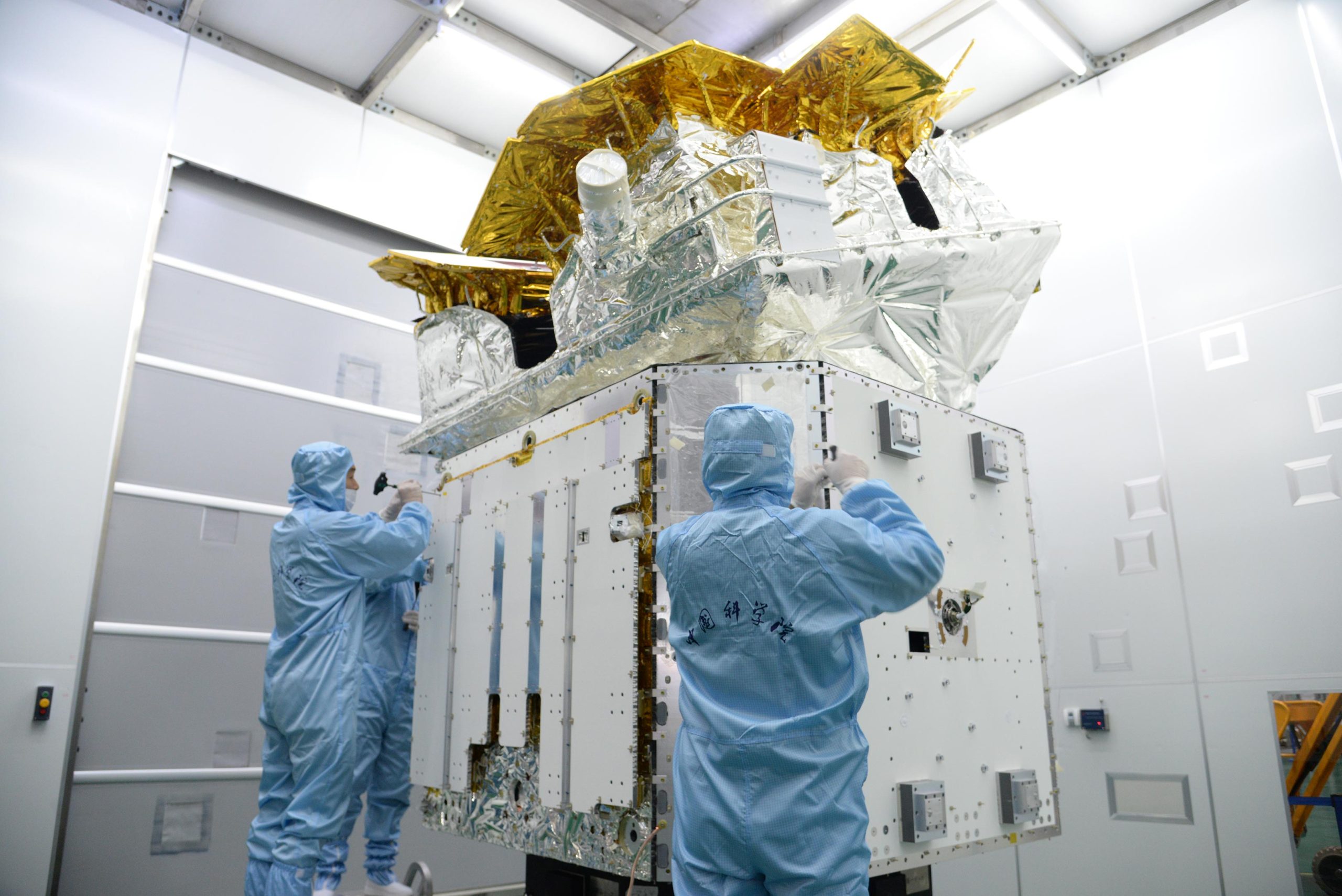China Launches Einstein Probe: A New Era in X-ray Astronomy
Published: 2024-01-10 | Ecns.cn | Editor: Li Yan
China achieved another milestone in space exploration by successfully launching the Einstein Probe, a cutting-edge X-ray observatory satellite, from the Xichang Satellite Launch Center in southwest China's Sichuan Province on January 9, 2024. Weighing approximately 1.45 metric tons, the satellite is ingeniously shaped like a fully bloomed lotus with 12 petals and two stamens. The Einstein Probe aims to monitor celestial phenomena such as neutron star collisions and black holes consuming their companion stars in the night sky.

Innovative Design and Purpose
Inspired by the structure of a lobster eye, the Einstein Probe features a unique design that allows it to capture faint transient and variable celestial objects at the farthest reaches of the universe. Its large field of view, high responsiveness, and ability to send alerts make it a powerful tool for observing and studying events in space. The satellite's instruments include a wide-field X-ray telescope and a secondary X-ray telescope.
Scientific Objectives
The primary scientific objectives of the Einstein Probe include studying flashes in the night sky caused by various cosmic events. By focusing on neutron star impacts and the activity of black holes with their companion stars, scientists hope to gain valuable insights into the dynamics and nature of these celestial phenomena. The satellite's instruments are equipped to detect and analyze X-ray emissions from these distant objects.
Long Walk Series Milestone
The successful launch marked the 506th mission for the Long Walk series of transporter rockets, highlighting China's consistency and expertise in space exploration. The Long Walk 2C transporter rocket, carrying the Einstein Probe, demonstrated its reliability and capability to deliver sophisticated payloads into space.

Operational Capabilities and Alerts
With a planned operational lifespan of five years, the Einstein Probe will play a crucial role in advancing X-ray astronomy. Its ability to provide real-time alerts allows ground-based astronomical equipment to conduct follow-up observations, enhancing our understanding of transient cosmic events. The satellite's advanced technology, coupled with its innovative lobster eye-inspired design, positions it as a significant asset in the field of space science.
Future Prospects and Collaborations
As China continues to make significant strides in space exploration, the Einstein Probe adds to the country's growing fleet of space science satellites. Its collaboration with international entities, such as the European Space Agency and the Max Planck Institute for Extraterrestrial Physics in Germany, underscores the importance of global cooperation in advancing our understanding of the universe.
Conclusion
In conclusion, the launch of the Einstein Probe marks a new era in X-ray astronomy for China, contributing to the exploration and study of celestial phenomena. The satellite's groundbreaking design and scientific objectives position it as a key player in unraveling the mysteries of the cosmos.



You must be logged in to post a comment.